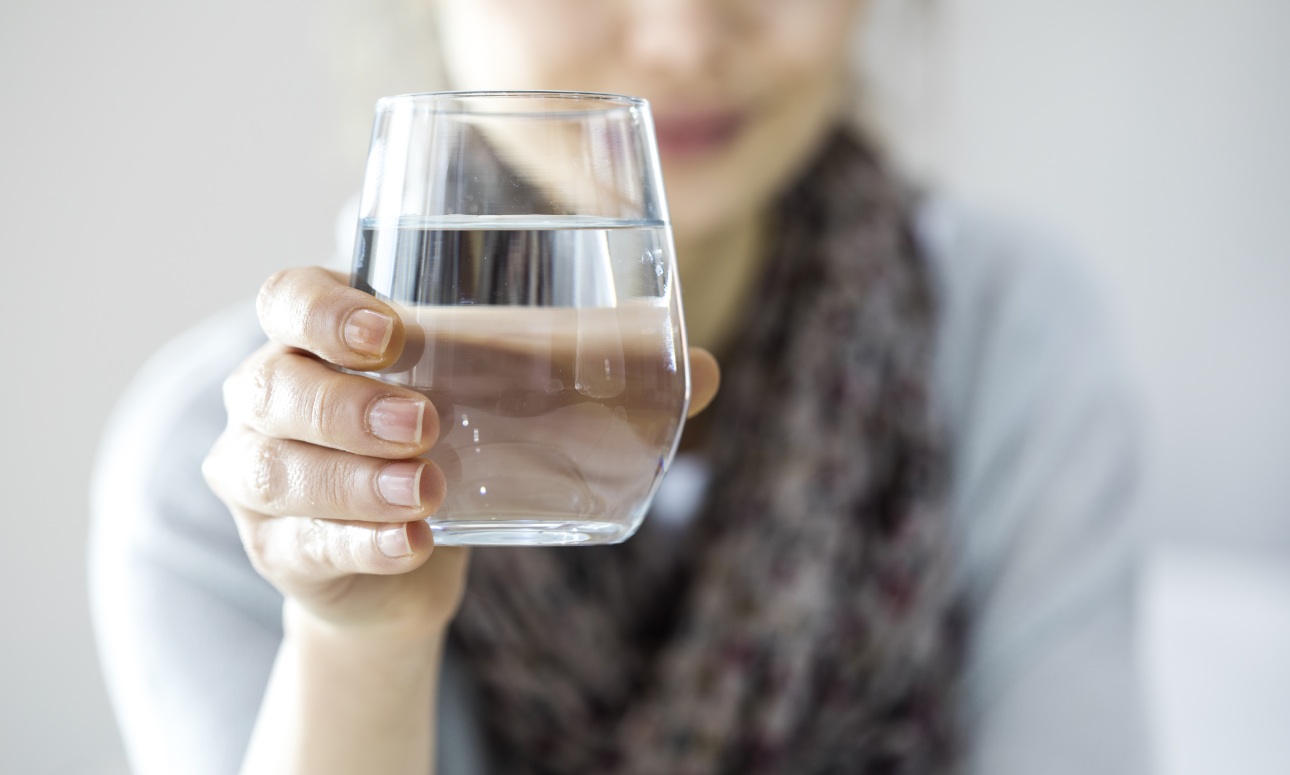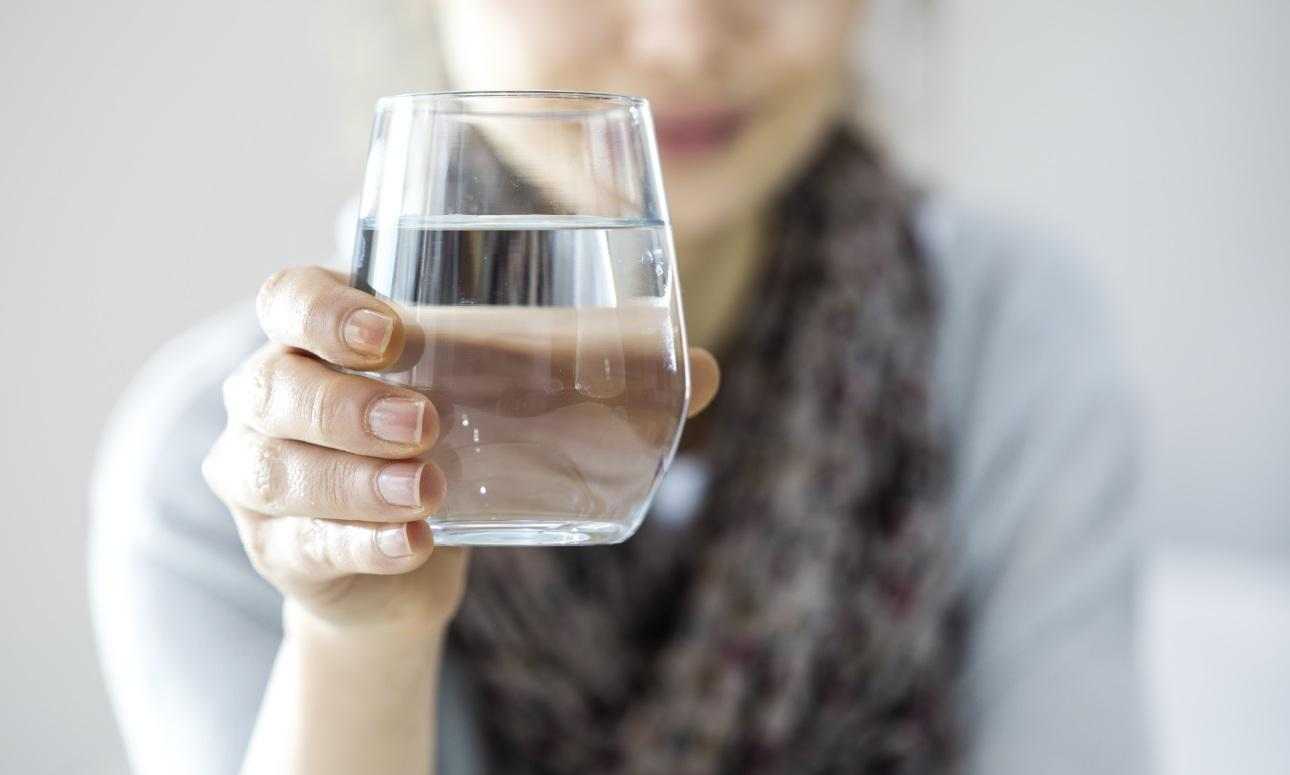Implementing an efficient and effective water treatment program covers a broad scope with varying degrees of complexity and creates a challenge requiring the alignment of a wide range of objectives. Understandably so, when the aim is to optimise your operational efficiency, food safety, and sustainability through a coherent integrated strategy, while in parallel ensuring the protection of your employees, consumers and the environment. But cutting through the complexity, it all comes down to a key indicator of success: water quality.
There are many questions you will need to consider. Are your operators at risk of legionella somewhere in your facility? Are you rinsing food contact areas with water that doesn’t risk re-contaminating the equipment, and create the need for a product recall? Does the water you use have an impact on the taste and the brand goals of the drink you’re producing? Can you still make reducing water your main sustainability goal? All of these are equally important questions, with each contributing to your aim of realising significant savings, whether you’re operating in the beverage, food, dairy, or life sciences production sectors. However, water quality has a special part to play, not least as the fundamental factor which helps bring all of these elements into a sharp unified focus and ultimately facing in the same direction.
Measuring the Health of Your Business
Water quality has a role as both an indicator and a benchmark. As the driver of your overall water treatment program, measuring water quality reveals insights that deliver benefits that reverberate throughout all levels of your business. Analysing water quality shines light into all the dark operational corners, illuminating macro and micro issues that left unresolved could hinder the efficiency and performance of your operations.
Quality All The Way
With your markets changing, consumer tastes and their expectations of a brand’s sustainable practices are becoming more sophisticated, which means you have to respond. Establishing and maintaining a high-quality source of water is essential as it prevents any potential negative impact on the overall quality, consistency, safety and taste of your products. It’s important to ensure that any water sourced is properly filtered of contaminants prior to use, which means the product remains the same in all your production runs and meets all of these essential criteria.
Some facilities may use mains water and assume that it’s therefore already monitored as safe and fit for human consumption. This disregards the fact that mains water can vary considerably in taste and odour not just by nation, but also within local regions within each country. Maybe chemical treatment is still evident, or there are microbes in the water? You might also need to guard against your enthusiasm for optimising water, as driving demands to do so in production facilities may also increase the potential of contaminated water reaching your food products.
Correct and Enhance Your Performance
Applying the right water treatment expertise through a consultative partnership ensures the best outcomes. With the appropriate control systems, and remote and on-site monitoring technologies in place providing acute ongoing analysis, you can ensure issues are flagged up. This combination of health check and warning shot enables you to measure consistency, competency and compliance at every stage of your production processes. These regular, visible and real-time insights - which when adjusted accordingly through applications of process, functional and water treatment chemistries - can add considerable value to your operations.
Using this immediate knowledge you can apply positive enhancements, or undertake corrective interventions in any part of your operations identified as underperforming. This in-depth analysis also allows you to set your own KPIs for raising ongoing production performance.
By identifying and solving water quality issues through analysis aligned to key trends, you can maximize production efficiency, reduce energy and water consumption, reduce your costs, meet regulatory and environmental standards requirements, and drive consistent product quality – all the while reducing the sustainability footprint of your operations.




